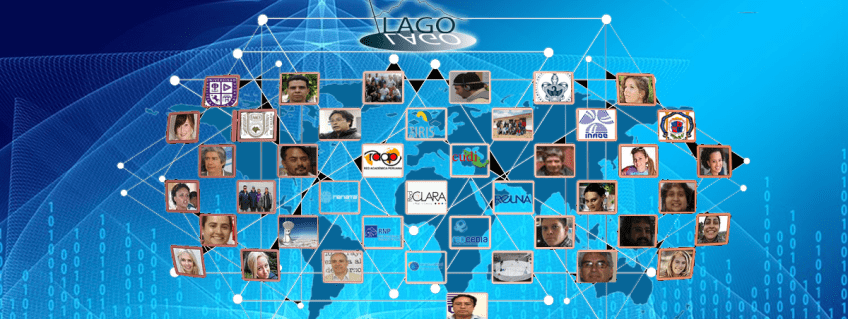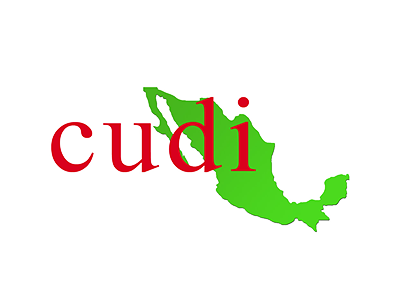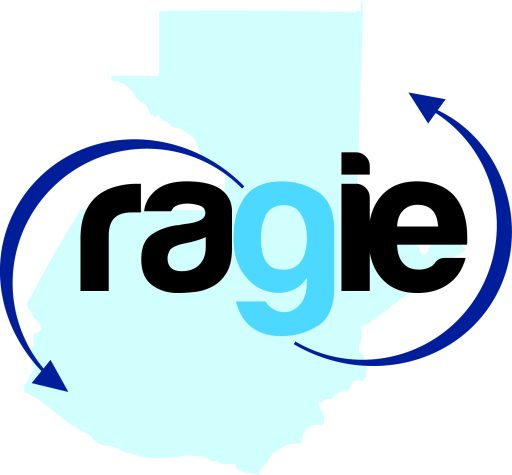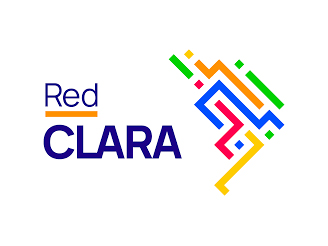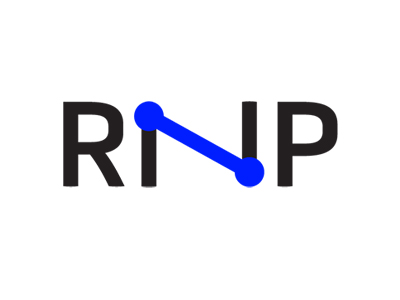The LAGO (Latin American Giant Observatory) project traverses the skies of Latin America to set its sights on uncovering the mysteries of faraway galaxies. This extended Astroparticle Observatory carries out basic research in three branches of astroparticle physics: the Extreme Universe, Space Weather phenomena, and Atmospheric Radiation at ground level.
The LAGO Project is operated by the LAGO Collaboration, a non-centralized and distributed collaborative network of more than 80 scientists from over 25 institutions in 8 Latin American countries: Argentina, Brazil, Chile, Colombia, Ecuador, Guatemala, Mexico and Peru as well as in Spain in Europe. These interdisciplinary groups of physicists, engineers and students have almost 100 members from 25 academic institutions working together.
“Depending on the number of detectors, 5 to 10 GB are processed monthly for each site.”
Dr. Ibrahim Torres, the Principal Researcher of the LAGO Project and a researcher at the Mexican National Institute of Astrophysics, Optics and Electronics (INAOE).
The challenge to share large amounts of data in real time across such a broad network of collaborators is a constant challenge. That’s where the National Research & Education Networks (NRENs) of the region play a vital role.
Virtual Communities bring it all together
Virtual Communities are how researchers distributed across great expanses form into collaborative working groups to develop projects, exchange expertise, share data resources and instruments and collaborate using e-infrastructures. The LAGO project is in essence a multi-domain Virtual Community (VC).
The LAGO detection network is made up of single or small arrays of particle detectors at ground level, spanning over different sites located at significantly different latitudes (currently from Mexico up to the Antarctic region) and different altitudes (from sea level up to more than 5,000 meters above sea level), covering a huge range of geomagnetic rigidity cut-offs and atmospheric absorption/reaction levels.
Finally, detectors installed in various universities are used as a tool to educate students about particle and astroparticle physics, in particular by leading them to the measurement of the muon decay.
The LAGO VC’s distributed e-infrastructure interconnects all the institutions and detectors via the RedCLARA regional network and other national NRENs and integrates them with European colleagues and research groups. The interconnection between regional e-infrastructures is accomplished using a fiber optic submarine cable that runs from Brazil to Portugal, via RedCLARA points of presence and GÉANT to reach participating European participating institutions.
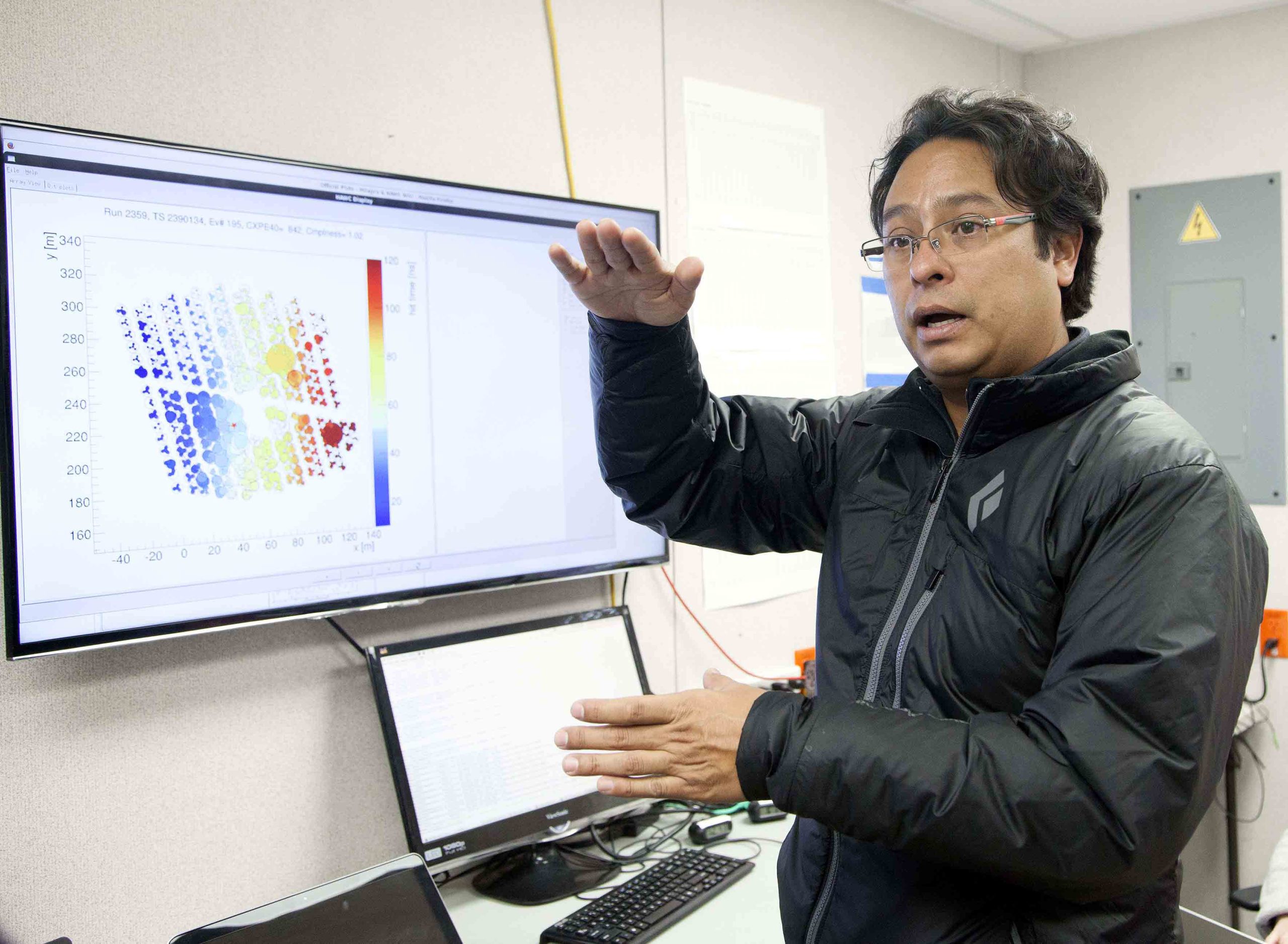 “Almost all the detectors belonging to the LAGO project are installed in remote and inaccessible areas, so the use of the internet facilitates the collection of data and the health tests of each detector,” adds Dr. Torres. “Before installing each detector, computational simulations should be performed to give us some idea of the parameters we expect or to establish the design of the detectors. For this we must simulate the arrival of different particles, with different energies and different directions of arrival, simulate the physical processes to which each of these waterfalls are subjected during their development within the atmosphere, the secondary particles produced by each waterfall – some of it with hundreds of millions of individual particles. Then, each of these particles is injected into a Monte Carlo simulation code that results in the performance of each detector subjected to this radiation. “Due to the large number of calculations of both simulations, the use of computer clusters is now required, a simulation of this type can last a few months in a good sized cluster.”
“Almost all the detectors belonging to the LAGO project are installed in remote and inaccessible areas, so the use of the internet facilitates the collection of data and the health tests of each detector,” adds Dr. Torres. “Before installing each detector, computational simulations should be performed to give us some idea of the parameters we expect or to establish the design of the detectors. For this we must simulate the arrival of different particles, with different energies and different directions of arrival, simulate the physical processes to which each of these waterfalls are subjected during their development within the atmosphere, the secondary particles produced by each waterfall – some of it with hundreds of millions of individual particles. Then, each of these particles is injected into a Monte Carlo simulation code that results in the performance of each detector subjected to this radiation. “Due to the large number of calculations of both simulations, the use of computer clusters is now required, a simulation of this type can last a few months in a good sized cluster.”
Reaching for the stars in education
The LAGO collaboration is committed to education and scientific dissemination in each of the participating countries. Members and their institutions are committed to training Latin American students in astroparticle physics and building a Latin American astroparticle research network. Part of the philosophy of the collaboration is to maintain free access to knowledge and data of its scientific production. Consequently, LAGO is one of the few projects in the region that has a repository of experimental data and simulations.
According to Dr. Torres, the LAGO observatory has been collecting data on the detection of gamma and cosmic rays and registered some phenomena of space weather as the so-called forbush decrease, which is a decrease in the cup of arrival of cosmic rays due to the coronal mass ejections of our Sun. “We do not rule out recording the first event of gamma-ray bursts, synchronizing our detections with those of any of the satellites such as Fermi or Swift,” says Dr. Torres. “During the life of this project, a few dozen students from undergraduate to doctorate contributed to the training of highly trained human resources in Latin America.”
Innovative ICT as a catalyst for discovery
The members of this project belong to a large number of universities around Latin America, so in order to concentrate efforts efficiently, they rely on internet-based technologies and frequent videoconferences.
The software used to analyze all the data collected by each detector is developed by several project members. Previously each researcher was responsible for the programming of their software. However, with the amount of data that has to be processed, it is no longer viable for a single researcher to generate such quantities of code. This has led us to explore ICT-based collaborative work that enable participants to work remotely and independently.
“RedCLARA has provided us with its platform and now we are able to hold periodic videoconferences for collaboration, no longer needing sophisticated equipment to be able to connect”, said Dr. Torres.
The use of academic networks is vital for collaboration in LAGO. Without them we would have to pay companies to provide the same service.
Advancing the region
As a competitive initiative developed in Latin America that takes full advantage of the geographical conditions and the tradition of several groups in high mountain work, Humberto Salazar Ibargüen, responsible for the LAGO site in Sierra Negra notes that: “The reduced cost of the experiment, and the formation of human resources, both in the technological and scientific area, are aspects that highlight this competitiveness”.
“LAGO has published its results in refereed international scientific journals and presented its advances at the ICRC (International Cosmic Rays Conference) in Busan, Korea. It has also been a driver in developing high quality human resources in high energy astrophysics. Keeping in touch with colleagues and students is one of the technical problems that we have solved with the help of the RedCLARA”, Dr. Torres concludes.
In 2018 LAGO looks forward to acquiring new electronics for data acquisition, installing a new detector in Viña del Mar, Chile and incorporating Cuba into the project.
Find out more on the RedCLARA website.


